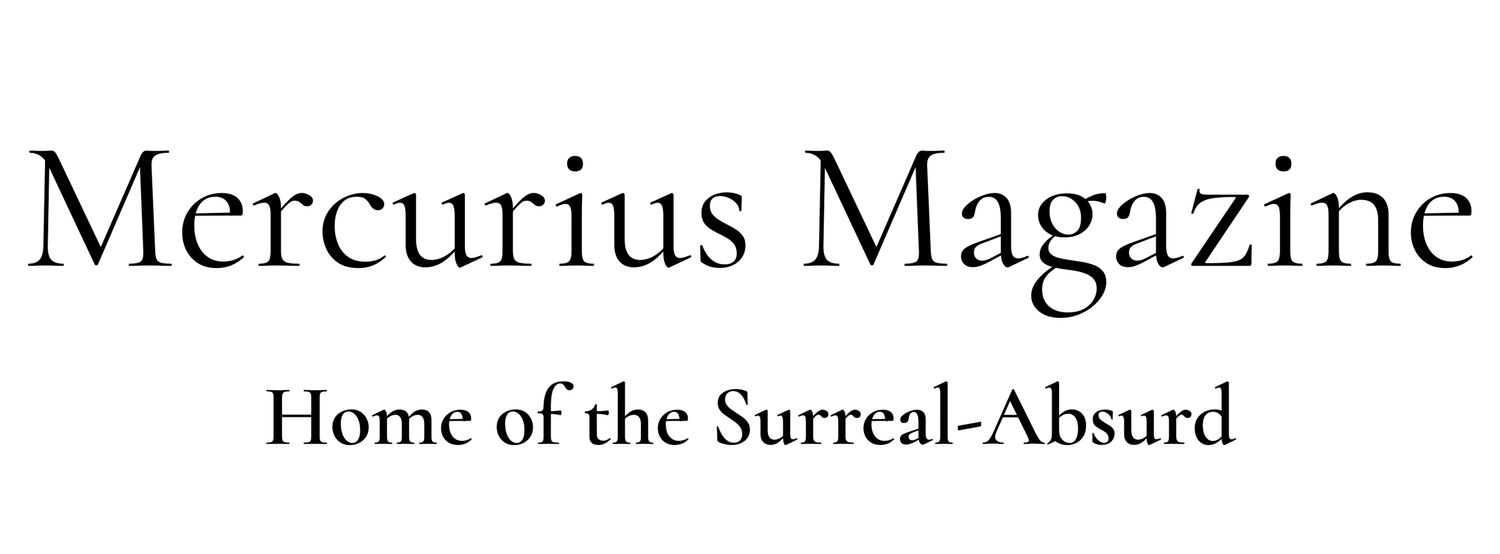A Very Brief History of Oneness
When we speak of Oneness, we usually mean the separation of the self is an illusion and that ultimate reality transcends such dualism. It is a concept that recurs throughout human history.
Thus the Sufis venerate the relation between the lover and the beloved, of union with god. Our Earthly romantic liaisons are mere preparations for this more elevated matrimony. The Cabalists claim that all sense phenomena are figments of a dream in the mind of God: and so the divine exists not only in all life forms, but also in inanimate objects, such as rocks.
Although Hindus and Buddhists disagree on the precise nature of the soul, both traditions tend to agree that “atman” (soul) is immortal and forged of the same stuff as “brahman” (ultimate reality). Note the shared root of “man”. Nirvana is not a distant location to be reached but an intrinsic part of our own nature obscured by the veils of delusion. Enlightenment entails integrating the depth with the surface, the hidden with the superficial. It is an alchemical process of inner transformation.
While Buddhism seeks Oneness through ascetic practices, such as meditation, and vegetarianism, other spiritual traditions locate Oneness within the ecstasies of excess. The Cult of Dionysus, and other pre-Christian Mother Goddess rituals, sought union with the Nature Goddess through orgies, drunkenness, music and revelry, as though dissolving one’s constructed self, corralled by the social strictures of the day, into a primordial fever was both a necessary and a divinely-ordained act of liberation. This is a far cry from the practices of more masculine, rationalising tendencies of patriarchal religions such as Islam, Christianity or Buddhism.
There is also a tradition of Oneness within atheistic creeds. In the Birth of Greek Tragedy, Nietzsche, who is famous for his nihilism, speaks of the bliss-and trance inducing musical spirit that connects the seeker with a “primordial oneness”. In the scientific community, biologists tend to agree that life initially arose from a primordial sea, evolving from single-cell organisms. Those who take the Darwinian perspective that life is essentially a chemical formula programmed to survive may conclude that the distinction between species is unimportant. We are all part of the same interdependent web of life, and variety is simply a means of ensuring something lives on in the hostile territories of space. Humanity, with its tendency to destroy ecosystems and commit genocides, is an aberration from this basic programming.
In ancient creation texts, primordial waters are often represented as originally having filled the entire universe. Nu is the deification of the primordial watery abyss in the Hermopolitan Ogdoad cosmogony of ancient Egyptian religion. The name is paralleled with nen "inactivity" in a play of words in, "I raised them up from out of the watery mass [nu], out of inactivity [nen]". The name has also been compared to the Coptic noun "abyss; deep". Similarly, Book I of Ovid’s Metamorphoses describes a primal chaos :
Before there was earth or sea or the sky that covers everything, Nature appeared the same throughout the whole world: what we call chaos: a raw confused mass, nothing but inert matter, badly combined discordant atoms of things, confused in the one place. There was no Titan yet, shining his light on the world, or waxing Phoebe renewing her white horns, or the earth hovering in surrounding air balanced by her own weight, or watery Amphitrite stretching out her arms along the vast shores of the world. Though there was land and sea and air, it was unstable land, unswimmable water, air needing light. Nothing retained its shape, one thing obstructed another, because in the one body, cold fought with heat, moist with dry, soft with hard, and weight with weightless things.
While each of these stories, rituals, and belief-systems, differ in the particulars of their vision, the over-arching image of a greater, more fluid existence beyond the rigid construct of the self has not lost its potency with the ages. Is it useful to posit that the liberal tradition of individualism, of separation from the whole, is of a masculine nature, whereas the communitarianism of radical political ideologies is of a feminine nature? How does one balance the ego-centred consciousness of the individual with the more ample visions of communities co-existing in the webs of nature? In an age of ecological collapse, it is perhaps useful to ask such questions, even if the answers stray into the hazy terrains of mysticism.
To round off, I am delighted to present Mathew Halsall’s “Oneness” (2018), a magnificent album that evokes the spiritual jazz of Alice Coltrane and Pharaoh Sanders.

